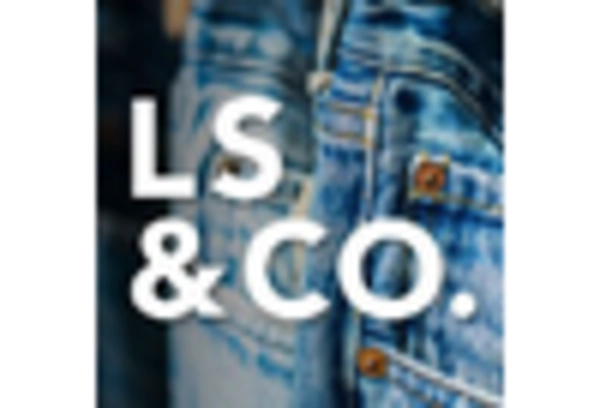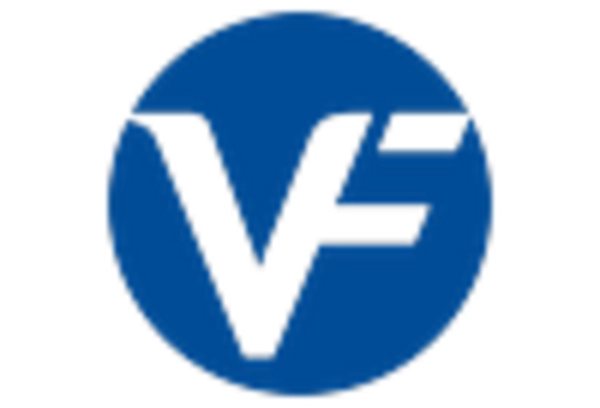Influence of Fast Fashion
The fast fashion phenomenon significantly impacts the denim market in Mexico. Retailers are rapidly introducing new styles and collections, catering to the ever-changing preferences of consumers. This trend has led to an increase in denim sales, with the market projected to grow by 10% over the next few years. Fast fashion brands are capitalizing on the demand for trendy denim, offering affordable options that appeal to a broad demographic. However, this rapid production cycle raises concerns about sustainability, prompting some consumers to seek alternatives. Nevertheless, the fast fashion model continues to drive growth in the denim market, shaping consumer behavior and purchasing patterns.
Cultural Influence of Denim
Denim holds a significant cultural status in Mexico, influencing the denim market profoundly. The fabric is not merely a clothing choice but a symbol of identity and lifestyle. Traditional and contemporary styles coexist, with denim being embraced across various demographics. This cultural affinity contributes to a steady demand for denim products, with the market expected to expand by 8% in the coming years. The integration of local designs and craftsmanship into denim products further enhances their appeal, fostering a unique market niche. As cultural trends evolve, the denim market is likely to adapt, reflecting the diverse tastes and preferences of Mexican consumers.
Growth of E-Commerce Platforms
The rise of e-commerce platforms is transforming the denim market in Mexico. Online shopping has become increasingly popular, providing consumers with convenient access to a wide range of denim products. This shift is evidenced by a 20% increase in online denim sales over the past year. Retailers are investing in digital marketing strategies to reach a broader audience, enhancing their visibility in the competitive landscape. The convenience of online shopping, coupled with the ability to compare prices and styles, is likely to drive further growth in the denim market. As e-commerce continues to expand, traditional brick-and-mortar stores may need to adapt their strategies to remain competitive.
Emerging Trends in Denim Fashion
The denim market in Mexico is witnessing emerging fashion trends that are reshaping consumer preferences. Styles such as high-waisted jeans, distressed denim, and sustainable options are gaining traction among younger consumers. This shift is reflected in market data, indicating a 12% increase in sales of trendy denim styles over the past year. Brands that successfully tap into these trends are likely to enhance their market presence and appeal to fashion-conscious consumers. The dynamic nature of fashion trends necessitates that companies remain agile and responsive to changing consumer demands, ensuring their offerings align with the evolving landscape of the denim market.
Rising Demand for Eco-Friendly Products
The denim market in Mexico is experiencing a notable shift towards eco-friendly products. Consumers are increasingly prioritizing sustainability, leading to a surge in demand for denim made from organic cotton and recycled materials. This trend is reflected in the market, where brands that adopt sustainable practices are witnessing growth rates of approximately 15% annually. The emphasis on environmentally responsible production methods is reshaping the denim market landscape, compelling manufacturers to innovate and adopt greener technologies. As a result, companies that align with these consumer preferences are likely to gain a competitive edge, enhancing their market share in the denim market.

















Leave a Comment